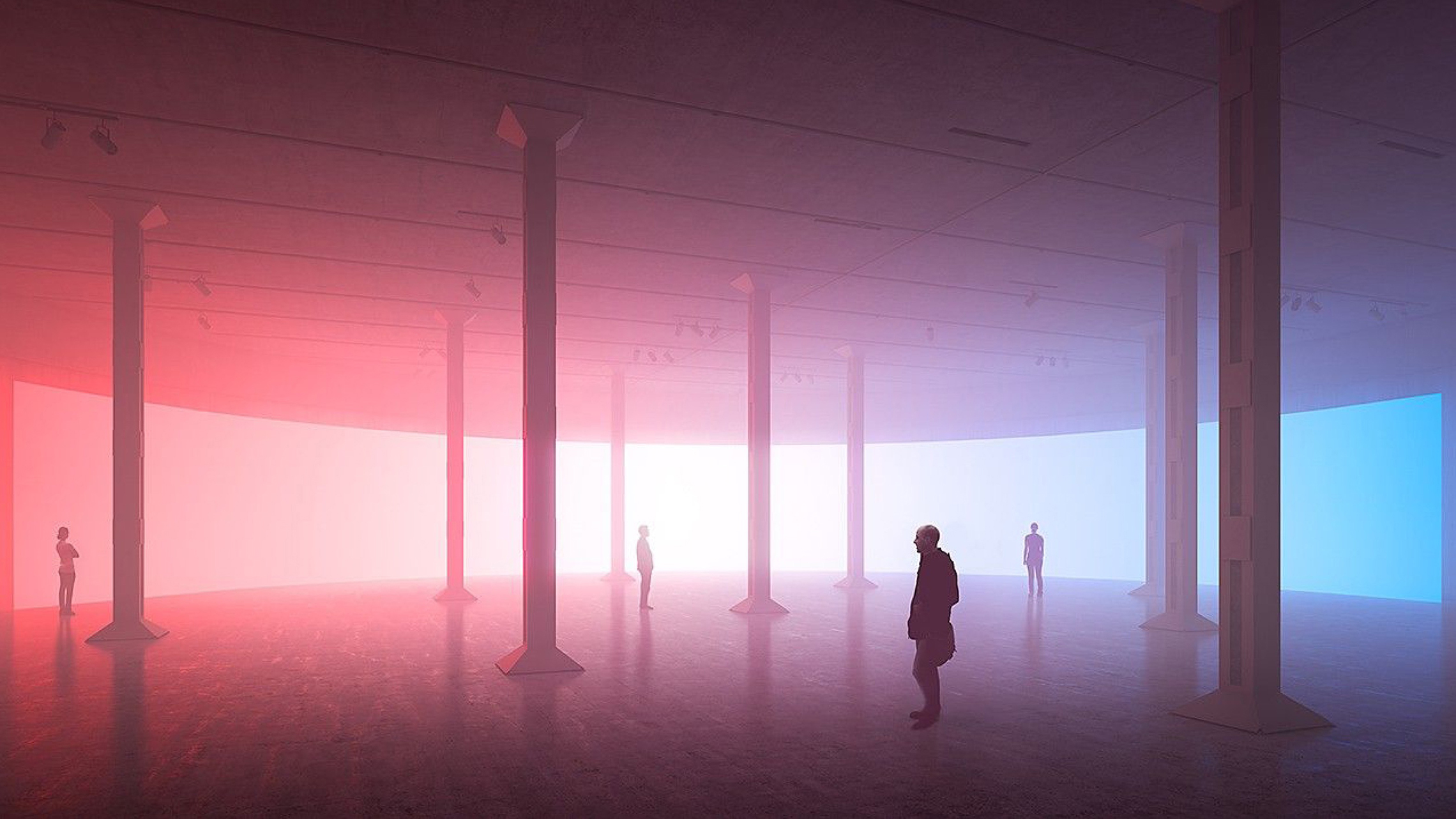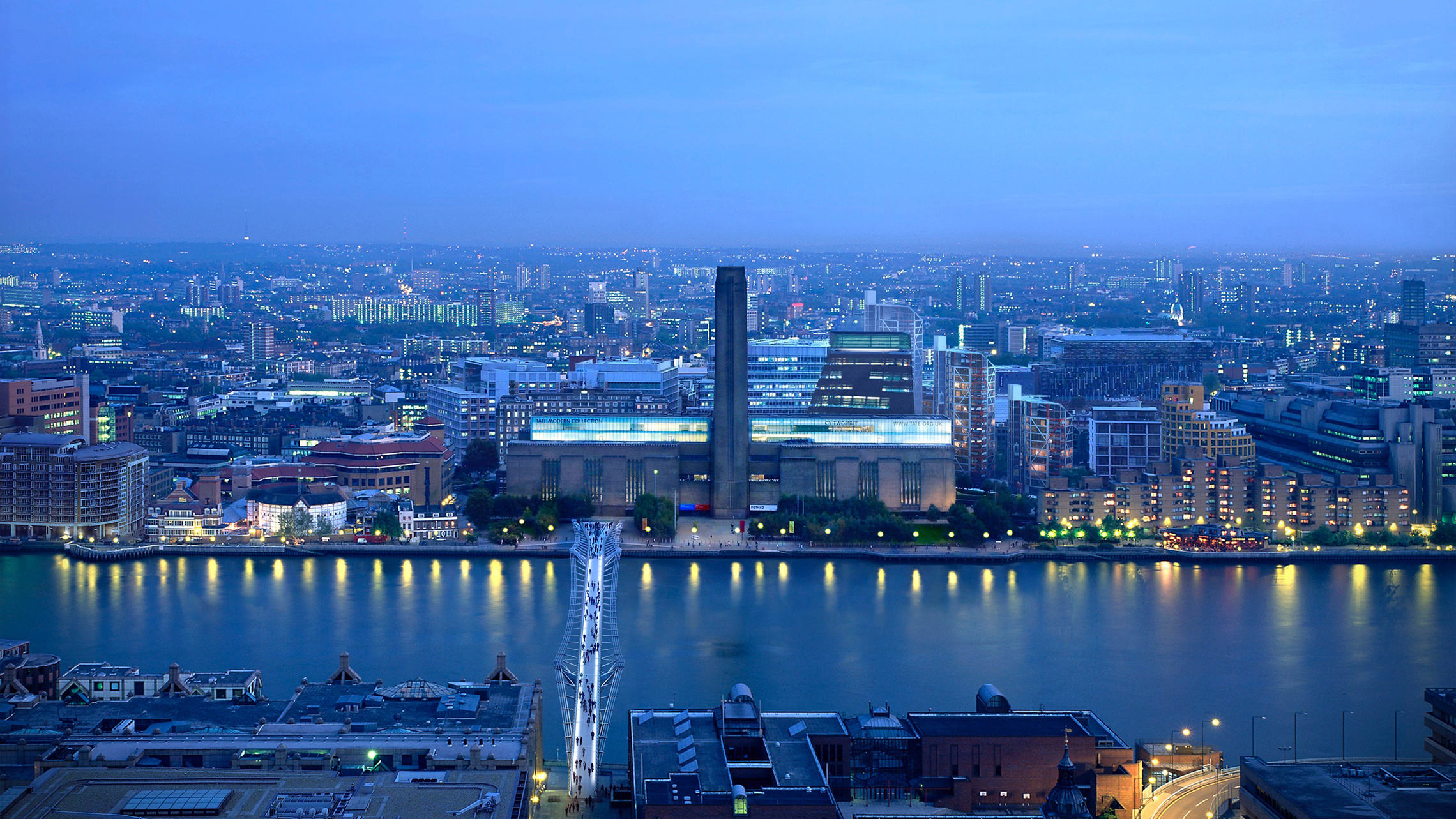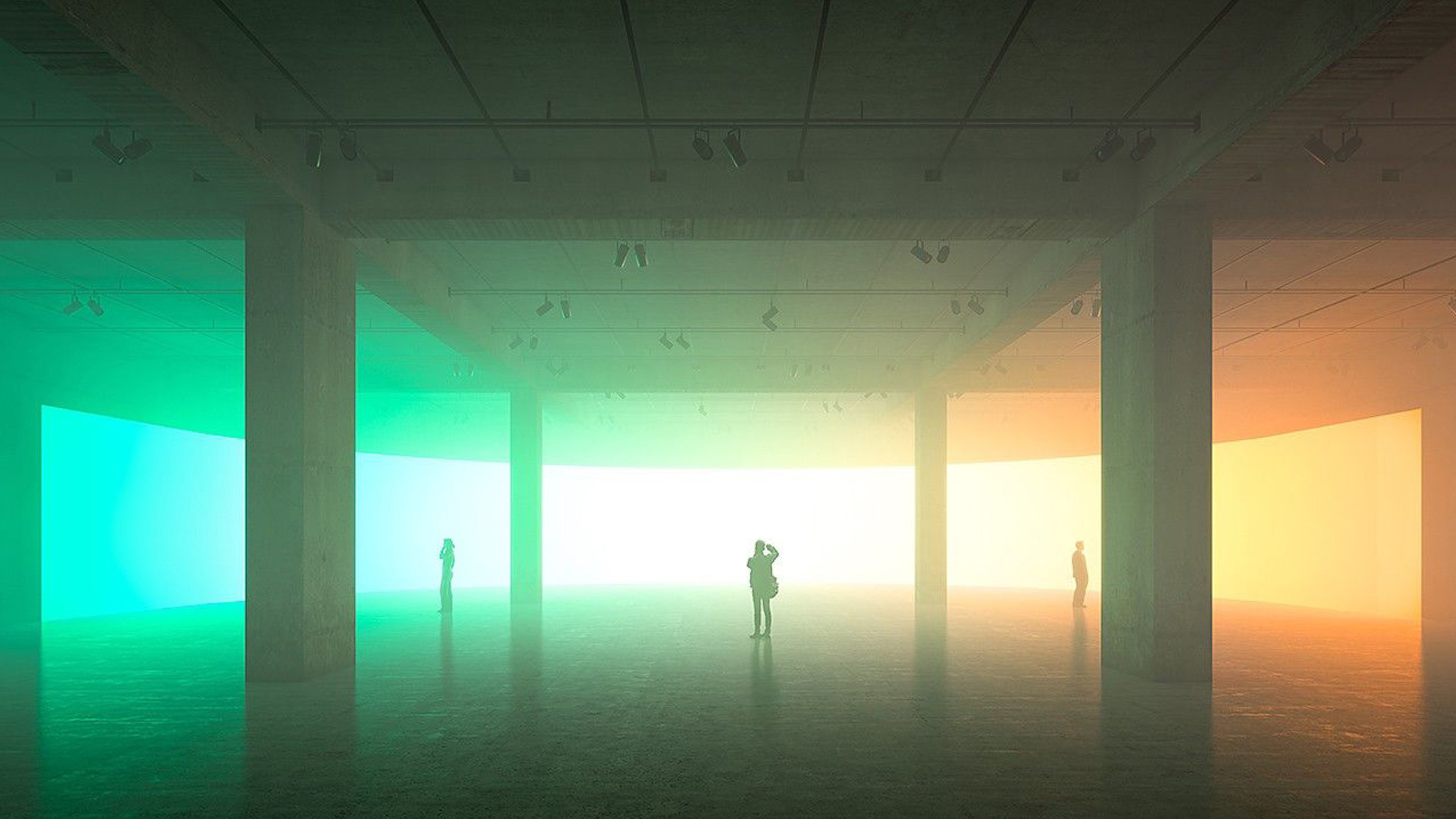new TATE MODERN, London, UK
Tate embarked on a major development of Tate Modern with the objective to create one of the most exciting new cultural buildings in the world, designed to show the full breadth of contemporary art in the 21st century.
Tate commissioned G&J for the compilation and production of a co-ordinated architectural and engineering brief for the proposed major extension of Tate Modern in February 2006.
Wide consultation and many associated workshops involved all internal Tate stakeholders, as well as the Design Team, led by Herzog & de Meuron as Architect, in the agreement of the document as a whole.
The Brief described a scheme to be built that would transform Tate Modern in a way that would enable Tate to reach out to new and different audiences and develop programmes to reflect the diversity of 21st century Britain. The public is demanding more information and more interactive engagement with art, and contemporary art in particular. Tate wished to respond to the increasing demand for its programmes through the creation of new spaces and new resources
Audience engagement and learning were placed at the heart of the scheme, with Artists playing an important role in the shaping of the project whilst Tate continued to develop one of the finest collections of contemporary art in the world.
The existing building had originally been designed for 1.8 million visitors a year, and by 2006 it was routinely receiving between 4 and 5 million resulting in serious overcrowding in the galleries.)
Different kinds of galleries were required to show art forms new to Tate including photography, video, film and performance as well as galleries to show major loan exhibitions in their entirety. Larger spaces are needed to meet the demands of Tate’s growing number of large-scale works and installations. The oil tanks of the former power station were brought into use to create a unique space for display and performance, which will enable artists to explore the connections between the visual arts and other art forms.
The Brief and resulting proposals were developed in partnership and in consultation with artists, residents, schools, visitors, government and the community.
There had been no public access into Tate Modern from the south which effectively cut off the building from its local neighbourhood.. A new entrance on the south side was briefed to open up a north-south route or “street” right through the building, creating a new pedestrian way from the City across the Millennium Bridge through the Turbine Hall to Southwark and the Elephant and Castle, to be open for at least 12 hours a day.
The Architectural & Engineering Brief was structured in chapters relating to the component departments within Tate Modern:
- The Art Brief – covers new and ‘as found’ galleries for the permanent (growing) collection and Temporary Exhibitions. Other spaces for the display of Art were considered including other public spaces and concourses. The brief cross refers to the Engineering brief for gallery environmental and loading standards. It describes the flexibility in hanging requirements from the curatorial and Care of the Collections perspective.
- The Performance Space Brief – describes the requirement for a suite of facilities in the ‘as found’ Oil Tanks. The suite will primarily serve Performance Art but also cater for a variety of educational events, including broadcasting facilities. Spatial, servicing and technical functions were described, alongside a comprehensive range of supporting Back of House accommodation and facilities for catering events.
- The Tate Learning Brief – described the range of facilities being made available across the site. It included a brief for Tate Exchange – a suite of accommodation designed to welcome and engage audiences in a wide variety of Tate programmes. Facilities include meeting spaces; active Studio space; accommodation for Artist Educators and facilities for Tate Collective. The Learning Brief also includes accommodation required for more academic thought, research, scholarship and professional activity. It will provide facilities to inspire and learn from the developing creative industries and provide an interface between curators and visitors, including artists and public media organisations.
- The Visitor Services Brief – describes the facilities that will be required to support all visitors to ensure that their visit to TTM will be fully rewarding. It covers the requirements for legible entrance and orientation; ticketing and information and the associated unhindered visitor flow and access requirements. Cloakrooms, toilet accommodation and a wider range of ancillary services are described, as well as signage to all facilities.
- The Retail Brief – this describes the accommodation required for two new Tate shop outlets. Firstly a new large shop adjacent to the new entrance to Tate overlooking the new Tate Square; secondly, a new outlet to serve the proposed Temporary Exhibition halls. Front of house and back of house requirements are given, including the space and functionality required at both the (existing) NE goods delivery zone as well as the (new) SW goods delivery zone. Staff accommodation, delivery routes; storage and waste are considered.
- The Catering Brief – describes the accommodation required for a variety of new outlets, including public restaurant, cafes, bars and mobile unit/s. It cross refers to the Members’ Accommodation and Board and Benefactors’ brief. The brief included the main production kitchen and associated finishing kitchens.. Delivery requirements with associated processing, internal goods routeing (including lift requirements) and storage is described. Cross reference is made to the staff accommodation brief and the operations brief is made; the latter particularly with reference to waste management.
- The Events Brief – covers provision for the activities of the External Relations department as well as the Corporate Events department. Spaces for Events are identified and the general standards of technical support requirements are given, including the need to accommodate several discretely exclusive events at the same time. Requirements for delivery, holding storage and set-up are considered, and the external catering kitchen facilities described.
- The Members’ Room Brief– describes a flexible facility which can accommodate quiet areas as well as family facilities and bar facilities with a coffee shop service. The area is capable of being used for corporate hire and it is expected that Art will be displayed there. There are finishing kitchen facilities and ancillary membership services.
- The Staff Accommodation and Facilities Brief – covers all aspects of office accommodation, meeting rooms, and staff facilities. The office requirements are considered departmentally; meeting facilities are briefed both as a departmental and shared (including public community) resource. Staff facilities provide for the many non-office bound staff, including locker and changing facilities. A Staff Meeting Place (restaurant) is described as well as common toilet, rest-room and first aid provision. Staff vehicle storage is briefed to cover bicycles, motorbikes and scooters.
- The Operations Brief – concerns the duty of care, safety and movement of visitors, staff and Collections including security and fire control. All aspects of goods handling is briefed including Art and non-Art delivery and movement. Back of house movement includes personnel and waste product routes. Holding storage, central storage and local storage is considered. Facilities management facilities covering plant rooms, workshops, and safe maintenance access is described. Cross reference is made to the engineering briefs for further AV, IT and Systems information.
- The Landscape Brief – describes the requirements for a high quality landscape providing external leisure and enjoyment in an area surrounding the whole of the TTM site. It covers the requirements for three newly landscaped areas: the East Garden; Tate Square and the West Garden (which when added to the existing North Landscape will provide a comprehensive 360 degree scheme). The brief covers all aspects of vehicular configuration and pedestrian facilities within the landscape, including disabled car and public bicycle, motorcycle and scooter parking and taxi provision with the safe separation of visitors from vehicles. It describes the functional requirements of accessibility, signage, lighting, delivery and maintenance.
- The Engineering Brief – sets out all the required Structural and Building Services standards appropriate for the museum. It includes all aspects of loadings required for Art display and hanging, as well as the more general loading requirements which support maintenance and operations routes and the flexible servicing required to both Gallery and educational facilities. The building services brief supports the environment for the care of the collections. It also sets the standards for energy efficiency and the sustainability of Systems and installations. Acoustic standards of comfort are set according to function. Public Health and Fire safety systems are described. Emergency provision for power (security and safety), lighting and radio is covered, as well as the more general lighting standards and lifts supporting both visitor, back of house and emergency movement.
The consultation to inform the writing of the document has involved meetings and workshops throughout the period conducted by the TTM Project team, which have included:
- The Client body (Directorate; Trustees; Senior staff in all departments)
- The Design Team (Architect; Landscape Architect; Engineers; Cost Consultant; Project Manager; Specialist Design Consultants)
- Wider consultant team involved with the Planning Application including the Planning, Environmental and Legal teams, (whose interests and responsibilities also place demands on the nature of the building)
- External Authorities (including but not limited to Southwark Borough Council officers; CABE; English Heritage; LAC; LDA ; EDFE etc )




